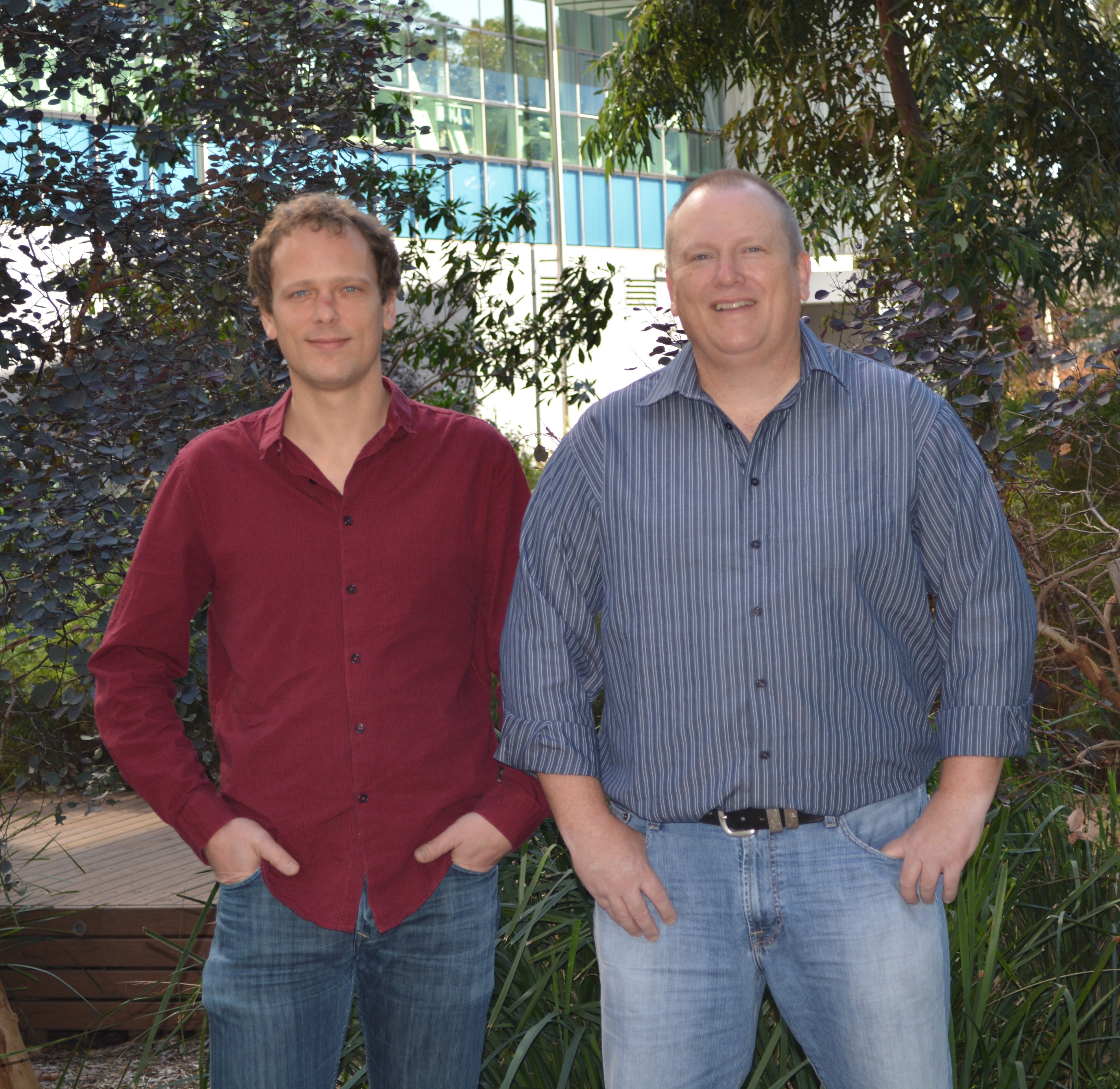 Australian researchers using the Australian Synchrotron have discovered the ‘trigger point’ for coeliac disease, which activates the body’s immune response against gluten. This world first, is an important step in developing a vaccine for the condition which affects one in 70 Australians, and a further estimated 330,000 cases that remain undiagnosed.
Australian researchers using the Australian Synchrotron have discovered the ‘trigger point’ for coeliac disease, which activates the body’s immune response against gluten. This world first, is an important step in developing a vaccine for the condition which affects one in 70 Australians, and a further estimated 330,000 cases that remain undiagnosed.
The researchers used various advanced imaging techniques, including those provided by the Synchrotron, to help describe how most of the body’s immune cells (T cells), lock onto gliadin - the protein in wheat, which then triggers inflammation of the lining of the small intestine. This inflammation is the body’s defence against the perceived invader, and what gives coeliac sufferers symptoms of food poisoning from eating some of life’s seemingly benign staple foods: wheat, rye and barley.
The study, published in Nature Structural and Molecular Biology, was conducted by a number of researchers from the newly-formed, and yet-to-launch, ARC Centre of Advanced Molecular Imaging, who are working with US biotech company Immusan T, Leiden University (Netherlands) and the Australian Synchrotron.
“We studied how different T cells bind to gliadin. We’d like to try to interfere with this interaction with therapeutics, like a vaccine, that could turn off the immune response,” says Dr Hugh Reid, one of the study’s authors from Monash University.
The Australian Synchrotron was able to assist the researchers to ‘observe’ in astonishing detail the way various T cells’ receptors docked with the gliadin during their interaction (pictured), using x-ray crystallography (MX). This critical imaging enabled them to ascertain what aspects of the interaction are important in the T cell response.
“This research is a classic example of what the new ARC Centre of Excellence in Advanced Molecular Imaging strives to achieve,” says Prof Rossjohn, also from Monash University, “Using the latest imaging tools – from microscopes to the synchrotron – we can understand and influence the immune recognition events that trigger immune responses, both good and bad.”
The paper describes what’s happening in the overwhelming majority of coeliac sufferers, and highlights that 95 percent carry one of two genes for a protein linked to susceptibility for the disease (HLA – DG2). In 2012, the research team found a similar trigger for the five percent who have the other susceptibility gene (HLA–DQ8).
The research will assist the development of a blood test and a therapeutic vaccine for patients with coeliac disease who carry the gene HLA-DQ2, and could provide insight into other autoimmune conditions.
Paper: http://www.nature.com/nsmb/journal/vaop/ncurrent/full/nsmb.2817.html
Image 1: Immune cell (T cell) receptor (blue/green on top) binds to the DQ2 protein molecule (purple ribbon and mesh).
Image 2: Lead author on the paper Jan Petersen (L) and Hugh Reid (R), from Monash University
